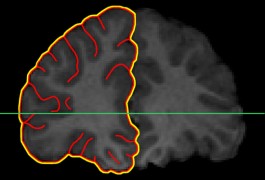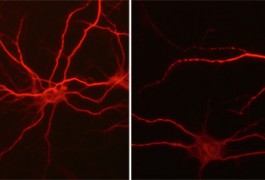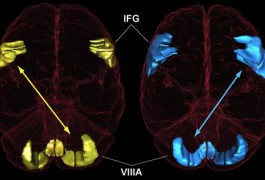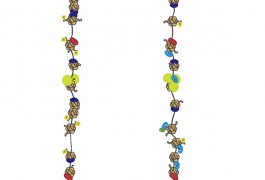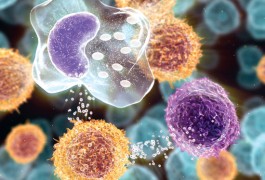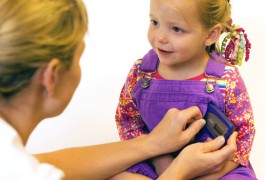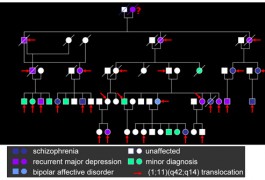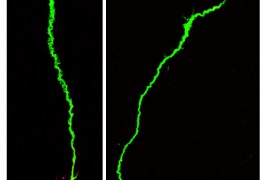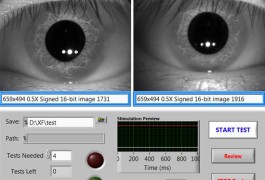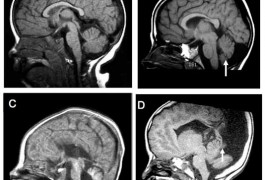Brain curvature distinguishes Asperger syndrome from autism
A region of the brain that controls language is more extensively curved in children with autism than in those with Asperger syndrome, according to a study published in the Journal of Child Neurology. The findings offer preliminary biological evidence that Asperger syndrome, a disorder on the autism spectrum, is distinct from high-functioning autism.
